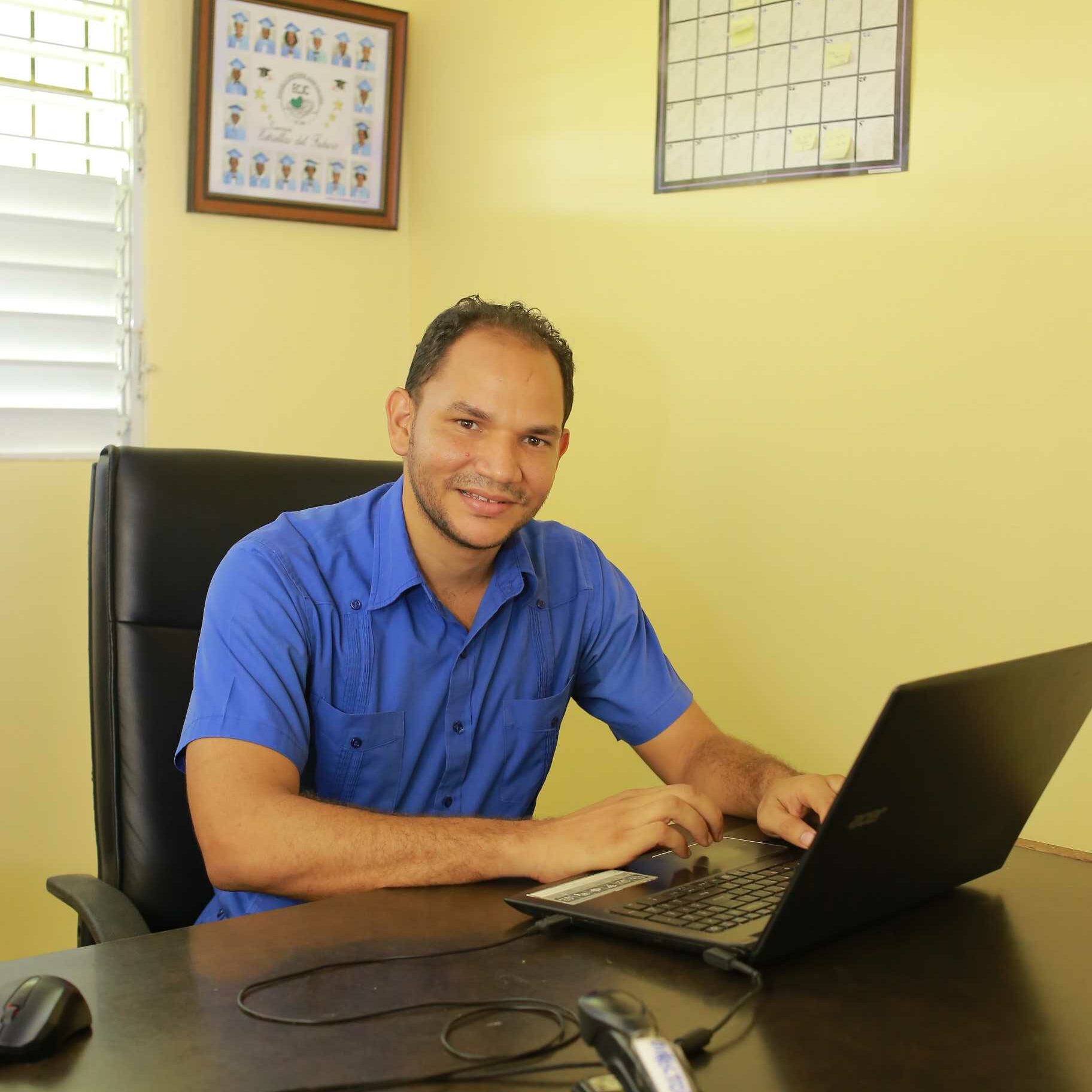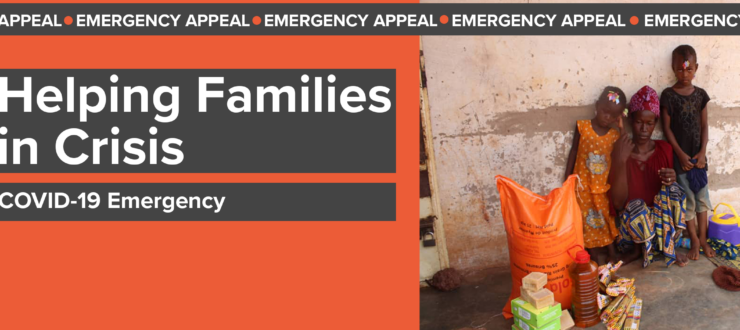Dominican Republic
The Dominican Republic can be vibrant and beautiful. It is the birthplace of bachata and merengue, and you’ll often hear music drifting through the streets as people dance, cook, and celebrate life. Despite challenges, the country’s natural beauty, vibrant culture, and strong sense of family and faith make everyday life rich in spirit.
However, many families face challenges, especially in rural areas. While the country has made progress in development, income inequality remains high. Children in low-income communities are particularly vulnerable to malnutrition, under-resourced schools, and unemployment in their future. Sponsorship helps to build a more stable future. It allows your sponsored child to receive a good quality education, school uniform, educational materials, and access to health care.
International Needs Dominican Republic
(Nest of Love Foundation)
In 2006, Evely Peniche began teaching six children to read and write in her garage after noticing many weren’t in school. As more children joined, she registered the organisation and named it Nidito de Amor – ‘Little Nest of Love’.
Today, the foundation runs Colegio Cristiano Espacio de Amor and, since 2014, Escuela Cristiana Juan Calvino. The Nest of Love Foundation supports families in Villa Emmanuel and Villa Esperanza, some of the poorest areas of Sosúa and Montellano, by providing education, jobs, healthcare, nutrition, and care.
Juan Calvino School, based in Villa Esperanza, serves children of mostly Haitian sugar plantation workers. With no other schools available, it offers these children a vital chance at a brighter future.
Nest of Love Foundation support includes:
• The group sponsorship project: this supports the financing of Juan Calvino school, including the employment of teachers. Ruben Garcia is the School Principal, and works for the Nest of Love Foundation.
• Group Sponsorship follows a single Grade 1 class (roughly 15 pupils) throughout their journey of primary school education at Juan Calvino School from age 4 to age 11.
Country director

Reuben Garcia
Ruben Garcia works for the Nest of Love Foundation and is the School Principal for the Juan Calvino Christian School, in the Villa Esperanza Community.

